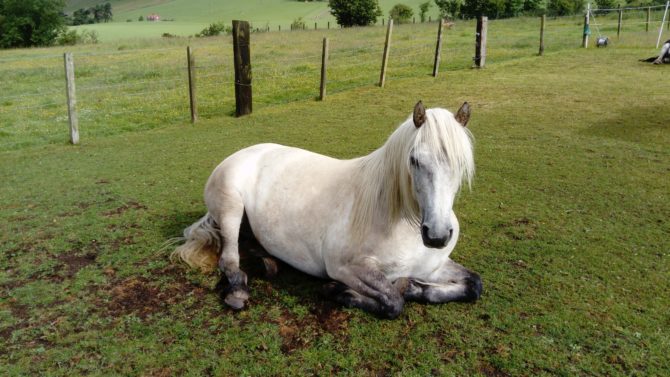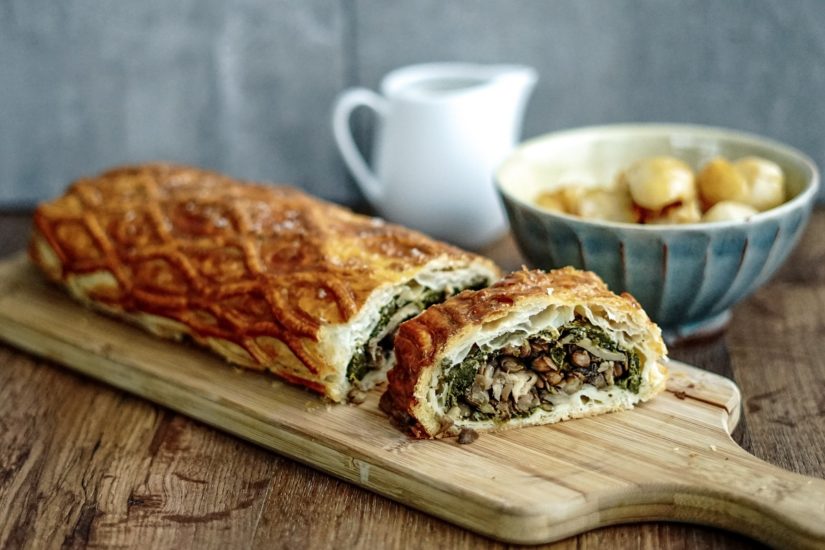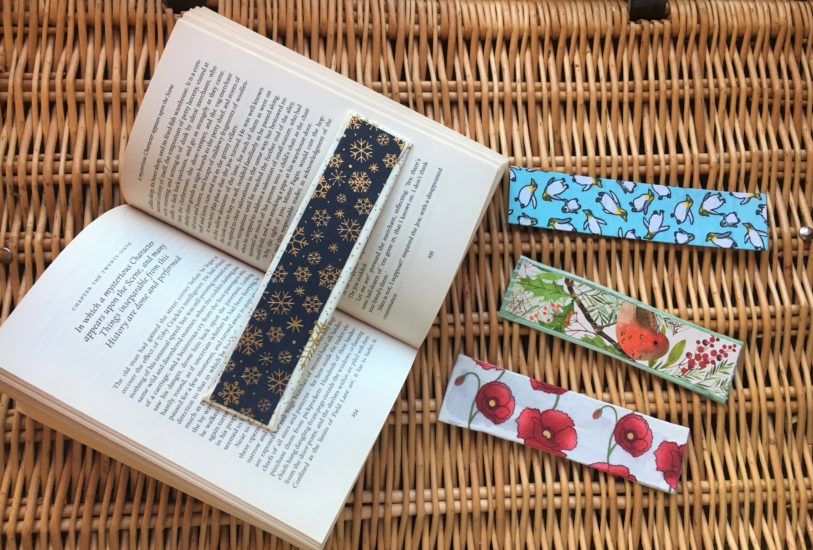
Have you seen the first swallows of spring yet? I have – they arrived in the corner of North-east Fife where I live on April 20.
Every year I find myself scanning the skies from the second week in April onwards, hoping to welcome these tiny flying miracles back to their summer home. They are definitely my favourite birds.
A pair of swallows nest every year in the stables where I keep my Highland pony, Texa. They seem quite happy to share accommodation with their equine friends. And the horses don’t bat an eyelid as the birds swoop low over their heads on their way in and out of the stable door.

Usually the swallow family rear three or four chicks, and watching them learn to fly is immensely entertaining. All too soon, though, it’s time for them to head south once more. It’s always a sad day when I realise they have gone.
I find myself marvelling at the skill and courage of hirundo rustica, to give them their proper name. They spend the winter in the south of Africa, and every year find their way back to their nesting sites in the UK. How do they do that?
How can they remember the way to one particular door on a yard in North-east Fife? They truly are miracles of nature.
Facts and Figures
Did you know:
- Swallows have dark, glossy-blue backs, red throats, pale underparts and long tail streamers
- They are just 17-19 cm in length and weigh between 16 and 25 g
- A swallow’s wingspan is 32-35 cm
- Swallows eat insects caught on the wing and need mud to build their nests
- They migrate by day and typically cover 200 miles a day
- Swallows fly at a maximum speed of 35 mph
For more from Angela, read her Editor’s Diary.




